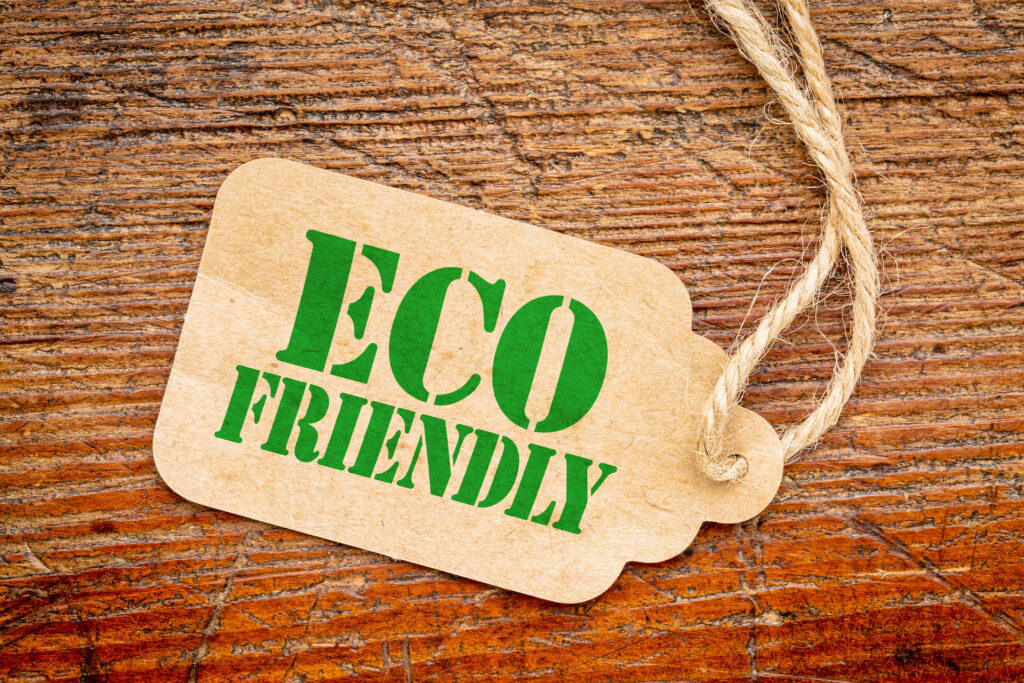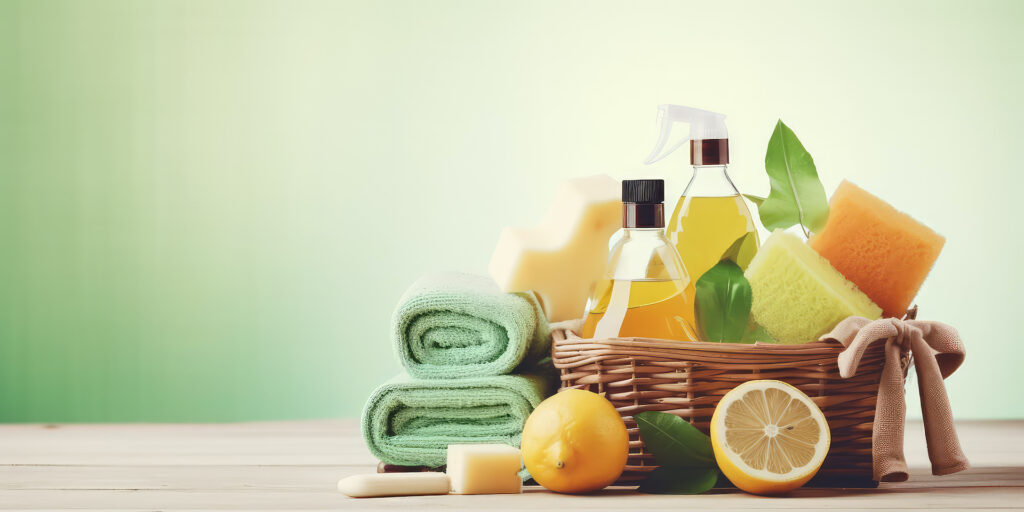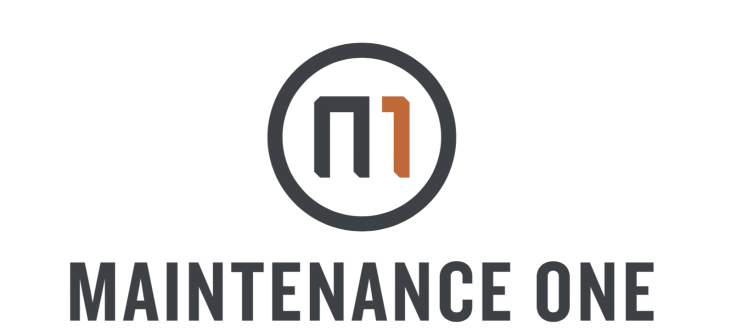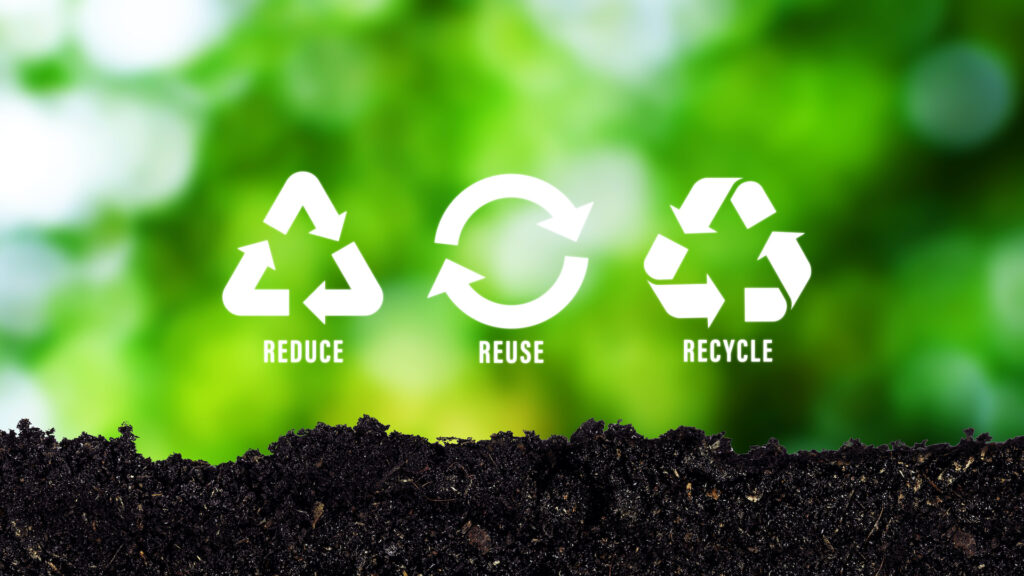In today’s world, where environmental awareness is more crucial than ever, the shift towards sustainable living practices has become a vital part of our daily routines. Among these practices, sustainable cleaning stands out as a significant, yet often overlooked, element. This approach not only seeks to minimize our ecological footprint but also ensures a healthier living environment. Through this blog, we’ll explore the essence of sustainable cleaning, its benefits, and practical ways to incorporate it into our lives.
Understanding Sustainable Cleaning
Sustainable cleaning involves using products and methods that are safe for both the environment and human health. It goes beyond simply choosing eco-friendly products; it’s about a holistic approach that considers the lifecycle of cleaning materials, from production to disposal. This practice aims to reduce waste, conserve resources, and minimize the toxic chemicals that enter our ecosystems.

Why Sustainable Cleaning Matters
1. Health Benefits: Traditional cleaning products often contain harsh chemicals that can pose risks to our health, leading to issues like respiratory problems, skin irritations, and allergies. Sustainable cleaning products, made from natural and less toxic ingredients, significantly reduce these health risks.
2. Environmental Impact: Conventional cleaning agents can have a detrimental impact on the environment, from the energy and resources used in their production to the pollution caused by their disposal. Sustainable cleaning practices help mitigate these effects by emphasizing biodegradable ingredients, minimal packaging, and reduced chemical runoff into waterways.
3. Economic Advantages: Although eco-friendly products might seem more expensive initially, their concentrated formulas and efficiency can lead to long-term savings. Furthermore, many sustainable cleaning practices involve using everyday household items, reducing the need to purchase specialized products.
Practical Steps Towards Sustainable Cleaning
Adopting sustainable cleaning practices doesn’t have to be a daunting task. Here are some actionable steps to help make your cleaning routine more eco-friendly:
1. Choose Eco-Friendly Products: Look for cleaning products with natural ingredients and certifications from reputable environmental organizations. These products are designed to be effective while being kinder to the planet.
2. DIY Cleaning Solutions: Many effective cleaning solutions can be made from simple ingredients you likely already have at home, such as vinegar, baking soda, and lemon. These natural ingredients can tackle everything from window cleaning to disinfecting surfaces without the harsh chemicals.
3. Reduce, Reuse, Recycle: Minimize waste by opting for reusable cleaning cloths instead of disposable wipes, and recycle or repurpose containers. Consider buying in bulk to reduce packaging waste.
4. Conserve Water: Be mindful of water usage when cleaning. Use buckets or basins to avoid running taps continuously, and opt for steam cleaners that require minimal water for a deep clean.
5. Energy-Efficient Cleaning Appliances: When possible, choose high-efficiency appliances for tasks like vacuuming or steam cleaning. These devices consume less energy and are often designed to be more effective, reducing the time and resources needed for cleaning.
6. Educate and Spread Awareness:Share your sustainable cleaning practices with friends and family. Education is a powerful tool in promoting environmental stewardship.

Embracing the Future of Cleaning
Transitioning to sustainable cleaning practices is an ongoing journey that contributes significantly to our collective environmental efforts. By making conscious choices about the products we use and the methods we employ, we can protect our health, conserve natural resources, and safeguard our planet for future generations.
Remember, every small change counts. Whether it’s swapping a chemical-based cleaner for a natural alternative, reducing water usage, or making your own cleaning solutions, your efforts contribute to a larger movement toward sustainability. Let’s embrace these practices and lead by example, showing that a cleaner, greener future is not only possible but within our reach.


